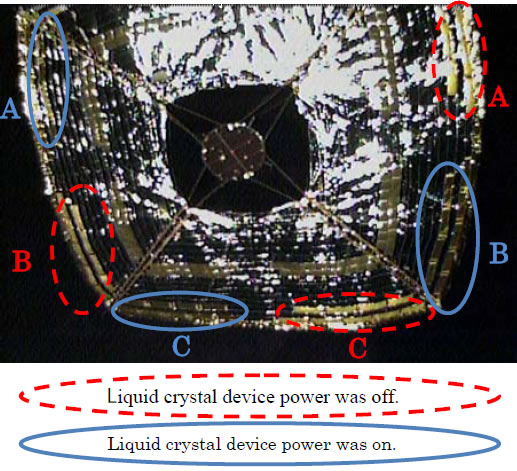Government and the impending shortage of helium
The law of unintended consequences strikes again! We are going to run out of our supply of helium, and it is all because the government first tried to manage and control the resource in the early 20th century, and then decided in the 1990s to extricate itself from that management. For those of us following the continuing space war over NASA’s future, this story is most instructive in illustrating how difficult it is to get the government out of our lives, once we have let it in.
The law of unintended consequences strikes again! We are going to run out of our supply of helium, and it is all because the government first tried to manage and control the resource in the early 20th century, and then decided in the 1990s to extricate itself from that management. For those of us following the continuing space war over NASA’s future, this story is most instructive in illustrating how difficult it is to get the government out of our lives, once we have let it in.






